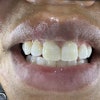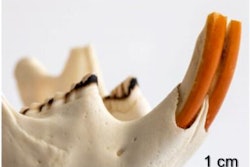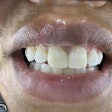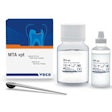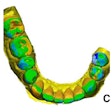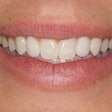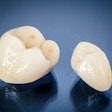Researchers from the Queen Mary University of London have developed a dental treatment inspired by weatherproofing technology used in civil engineering to protect teeth from decay and acid erosion.
This new treatment, Varnish VLC, replicates the properties of enamel, providing a solution to prevent damage, according to a press release from the university dated March 13.
"It might sound unusual, but the challenges are similar: both teeth and bridges are exposed to harsh conditions, both suffer from corrosion, and both are difficult to protect," Dr. Saroash Shahid, PhD, reader in dental biomaterials at the university and lead researcher, said in the release.
Tooth decay affects one-third of children and nearly half of adults in England, causing discomfort and costly dental treatments. Existing solutions include fluoride varnishes and resin infiltration, but they do not provide long-term protection, according to the release.
Varnish VLC uses flake glass technology, which is used to shield tanks, vessels, and pipelines from corrosion by resisting moisture and harsh elements. The technology has been used to maintain steel bridges, including the Forth Bridge in Scotland, according to the release.
Varnish VLC mimics enamel's natural properties, reducing wear and preventing damage. Unlike traditional treatments that do not prevent acid erosion, Varnish VLC provides long-lasting protection while preserving a tooth's natural appearance, the release states.
Another advantage of Varnish VLC is its minimally invasive application. It does not produce aerosols, making it safer for both patients and dental professionals.
Early in vitro studies show that Varnish VLC outperforms current treatments in both countering wear resistance and protecting teeth from acid erosion. A six-month clinical trial is underway to evaluate its effectiveness in real-world conditions, according to the release.
"This project shows the power of looking outside of traditional fields for inspiration," Shahid added.

